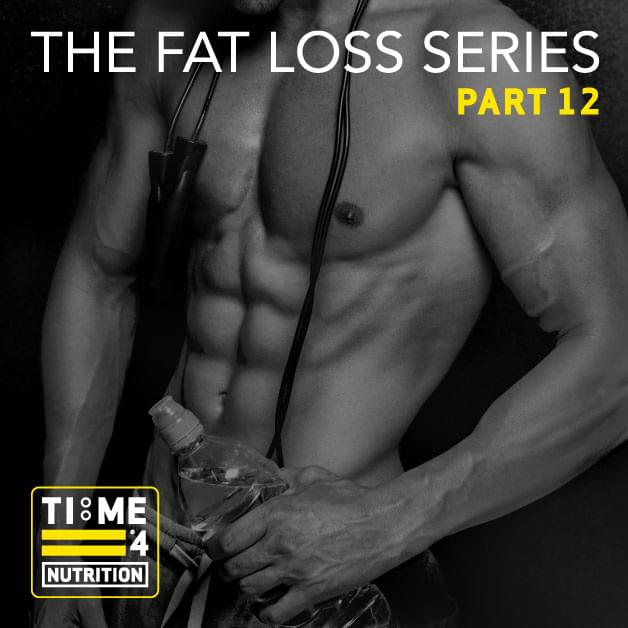TIME 4 FAT LOSS SERIES – PART 12 – Brown fat V White fat
TIME 4 FAT LOSS SERIES
(Click on Nutritional Terms and Reference Numbers in Blue for More Info)
This is the twelfth in a series of original articles we will be publishing looking at the science behind fat loss. Join our mailing list to be informed when we have added the latest article.
Is all fat bad and can it actually make you leaner?
The short answer to the first part of the question is no, while the answer to the second is yes. First of all, it is important to understand that fat serves a variety of functions within the body that are essential for good health, such as providing a source of energy, protecting vital organs, acting as a thermal insulator and contributing to the structure of cell membranes and the production of hormones, including testosterone and oestrogen (1). Therefore, it is important to maintain the right amount.
White fat versus brown fat: What’s the difference?
Secondly, it is important to understand that there are two different types of fat, or adipose tissue: White adipose tissue (WAT) is the fat storage tissue that comes to mind when we think of body fat. When our energy intake exceeds our energy expenditure, it is here that our body stores the excess calories. Brown adipose tissue (BAT), on the other hand, produces heat and so helps us to expend energy (2).
BAT is sometimes referred to as ‘baby fat’ because it is more abundant in babies, where its role is to produce heat to ensure the baby’s survival (1). Traditionally, it was believed that as we become adults, most of the structures in the BAT responsible for its brown colour and heat production, known as mitochondria, disappear and the tissue becomes similar in function and appearance to white fat. However, research has shown that some BAT is still present in adults in the neck and upper chest (3), and is more common in women (4).
The amount of BAT an individual has tends to be inversely related to their body-mass index (BMI), especially in older people. In other words, the more BAT you have, the lower your BMI is likely to be (3). In short, BAT can help us to increase our energy expenditure, reduce stores of white fat and regulate blood sugar.
Can we increase our stores of BAT?
There are a number of things we can do to increase our stores of BAT. These include:
- Spending more time outside
- Keeping our home at a lower temperature (17-18 C)
- Exercising
- Following our body’s hunger and fullness signals
- Getting sufficient sleep
- Managing stress levels (2)
Conclusion
Both brown and white fat play can play an important role in promoting good health if we maintain the correct levels, which research shows is best achieved by making certain healthy lifestyle choices.
CLICK HERE TO READ: Part 13 – What is the most effective diet for fat loss?
